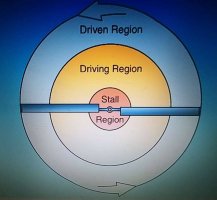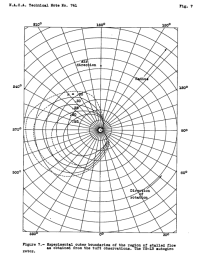Andino
Active Member
- Joined
- Mar 14, 2022
- Messages
- 533
- Location
- Southhampton, U.K.
- Aircraft
- many FW airplanes + various autogyros
- Total Flight Time
- >1000 hours
I try to yearly reread flying's Old Testament: Stick and Rudder by Wolfgang Langewiesche (1944). To learn something new, read an old book. I'm only on page 10, and already found an old jewel:
Bernoulli's Theorem postulates that wings "suck" from the top surface low-pressure effect, but Langewiesche disagrees. Wings (including rotating wings) push down. This is anecdotal to those of use who watched our spinning rotor push down the grass during the landing flare. We can even roll backwards from a stopped landing with aft stick if the rotor RPM is still high enough. Fun.
The plane is inclined so that as it moves through the air, it will meet the air at an angle and thus shove it downward, in somewhat of the same way that the inclined plane of a snowplow, in moving forward against the snow, shoves the snow to the side.
The main fact of all heavier-than-air flying is this: the wing keeps the airplane up by pushing the air down.
In exerting a downward force upon the air, the wing receives an upward counterforce—by the same principle, known as Newton's law of action and reaction...which makes the nozzle of a fire hose press backward heavily.... Air is heavy; sea-level air weighs about 2 pounds per cubic yard; thus as your wings give a downward push to cubic yard after cubic yard of that heavy stuff, they get upward reactions that are equally hefty.
Bernoulli's Theorem postulates that wings "suck" from the top surface low-pressure effect, but Langewiesche disagrees. Wings (including rotating wings) push down. This is anecdotal to those of use who watched our spinning rotor push down the grass during the landing flare. We can even roll backwards from a stopped landing with aft stick if the rotor RPM is still high enough. Fun.




